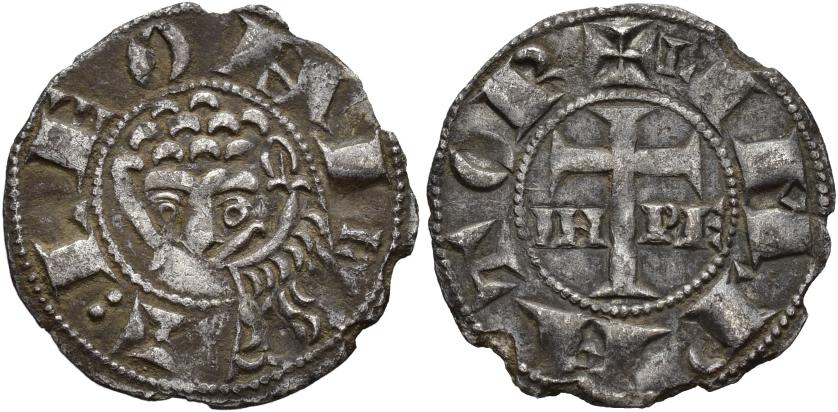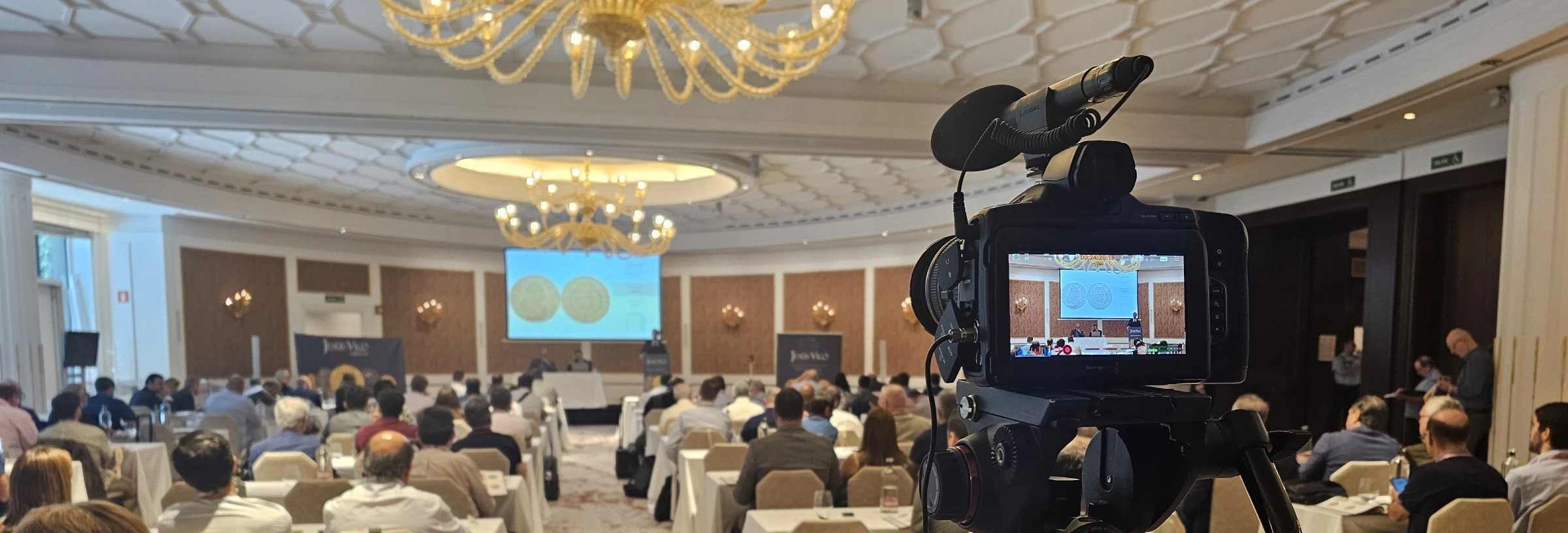We use cookies to help you navigate efficiently and perform certain functions. You will find detailed information about all cookies in each consent category below.
Technical and customization cookies are necessary for the website to function and cannot be disabled in our systems. They are usually only set in response to actions taken by you.
We also use third-party cookies to help us analyze how you use this website, store your preferences, and provide relevant content and ads to you. These cookies will only be stored in your browser with your prior consent. You can choose to enable or disable some or all of these cookies.
Technical cookies are essential for website navigation and operation, enabling services such as traffic control, session identification, online shopping, security, and dynamic content. They also include cookies for managing advertising spaces without collecting personal information.
Cookie:
jesusvico_session
Duración:
120 minutes
Descripción:
Keeps the user session active.
Cookie:
XSRF-TOKEN
Duración:
120 minutes
Descripción:
A security layer that allows recognizing the user's session on the server.
Preferences cookies allow a website to remember information that changes the way the website behaves or looks, such as your preferred language or region.
Cookie:
jesusvico_preferences
Duración:
1 year
Descripción:
Saves user preferences and customizations.
Cookie:
shoppingCart
Duración:
7 days
Descripción:
Saves the lots added to the cart.
Analysis cookies collect information about your use of a website, such as the pages you visit and error messages you receive. These cookies do not collect information that identifies you. All the information collected by these cookies is aggregated and, therefore, anonymous. It is used solely to improve the website's performance.
Cookie:
ga
Duración:
2 years
Descripción:
Analytics, related to Analytics, used to distinguish users.
Cookie:
_ga
Duración:
2 years
Descripción:
Analytics, related to Analytics, used to distinguish users.
Cookie:
_gat
Duración:
1 minute
Descripción:
Analytics, related to Analytics, used to limit the percentage of requests.
Cookie:
_gcl_au
Duración:
3 months
Descripción:
Used by Google AdSense to experiment with advertising efficiency on websites using their services.
Cookie:
_gid
Duración:
24 hours
Descripción:
Analytics, related to Analytics, used to distinguish users.
Advertising cookies are used to deliver more relevant ads to you and your interests. They are also used to limit the number of times you see an ad and help measure the effectiveness of an advertising campaign. They remember that you have visited a website, and this information is shared with other organizations, such as advertisers.


